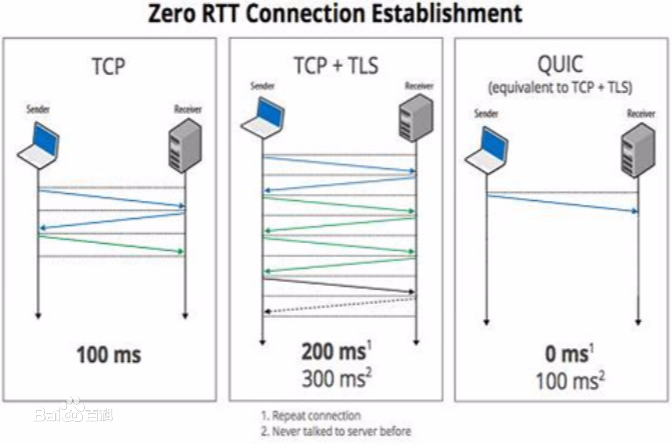Encrypted QUIC traffic complicates network management as traditional transport layer semantics can no longer be used for RTT or packet loss measurements. Addressing this challenge, QUIC includes an optional, carefully designed mechanism: the spin bit. While its capabilities have already been studied in test settings, its real-world usefulness and adoption are unknown. In this paper, we thus investigate the spin bit's deployment and utility on the web. Analyzing our long-term measurements of more than 200M domains, we find that the spin bit is enabled on ~10% of those with QUIC support and for ~50% / 60% of the underlying IPv4 / IPv6 hosts. The support is mainly driven by medium-sized cloud providers while most hyperscalers do not implement it. Assessing the utility of spin bit RTT measurements, the theoretical issue of reordering does not significantly manifest in our study and the spin bit provides accurate estimates for around 30.5% of connections using the mechanism, but drastically overestimates the RTT for another 51.7%. Overall, we conclude that the spin bit, even though an optional feature, indeed sees use in the wild and is able to provide reasonable RTT estimates for a solid share of QUIC connections, but requires solutions for making its measurements more robust.
翻译:暂无翻译




